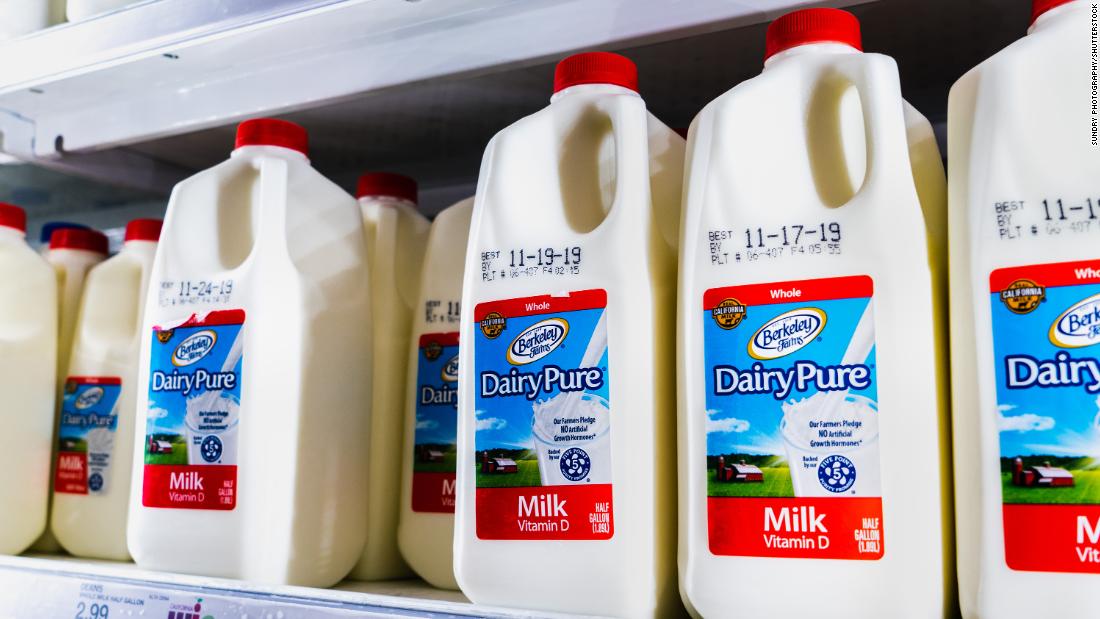[ad_1]
For US dairy farmers, keeping Dean afloat is essential. The milk processor is a “significant customer of DFA,” Rick Smith, president and CEO of the cooperative, said in a statement Monday. “No one has a greater interest in preserving and expanding milk markets than DFA,” he added.
The two entities have been working on the deal since the co-op learned about Dean’s bankruptcy plans, according to DFA.
DFA has agreed to pay $425 million for Dean’s delivery system and 44 of its facilities as well as other assets, and has agreed to assume some of Dean’s liabilities. The deal is subject to approval by the Department of Justice, which will be looking at antitrust concerns, and the bankruptcy court overseeing the case, among others.
DFA has acquired dairy processing plants in the past, but the Dean acquisition would be “major,” noted Marin Bozic, an assistant professor in University of Minnesota’s applied economics department. “This is not a small, marginal side investment for them.”
One big reason for the shakeup: Americans are drinking less milk.
In 2010, 55 billion pounds of milk were sold in the United States. By 2018, that figure dropped to 47.7 billion, a decline of about 13%.
That’s partially because breakfast habits have changed. Americans are eating less cereal and are more likely to eat on the go. Because health-conscious consumers increasingly are seeking low-calorie drinks with a nutritional boost or jolt of caffeine, dairy milk is now competing with sports drinks, tea, coffee or bottled water. And as people become more concerned about the environment, they may be swapping out dairy milk for plant-based alternatives, as well.
But there are bright spots in the sector.
While milk sales are down, US consumption of cheese and butter is strong.
— CNN Business’ Jordan Valinsky contributed to this report.
[ad_2]
Source link


